From Pikachu snacks to Totoro cream puffs, here are 10 themed cafes in Japan that prove café hopping should be part of your travel itinerary.
Central Japan in Spring: Experiencing Cherry Blossoms & Snow in One Trip
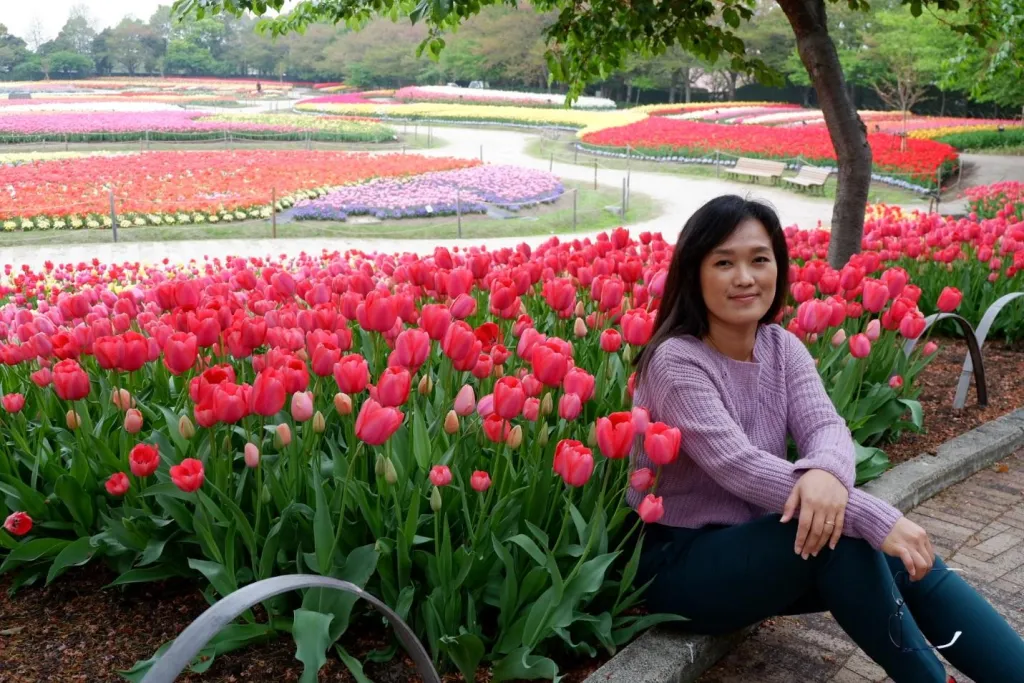
Contributed by Wanders of Eve
Whether you’re a first-time traveller to Japan or you are contemplating to go back to the land of the rising sun, you might want to consider the central region, especially if like me, you prefer the countryside than big and modern cities. A bus ride to the countryside is already a destination itself because of the beautiful sceneries along the way.
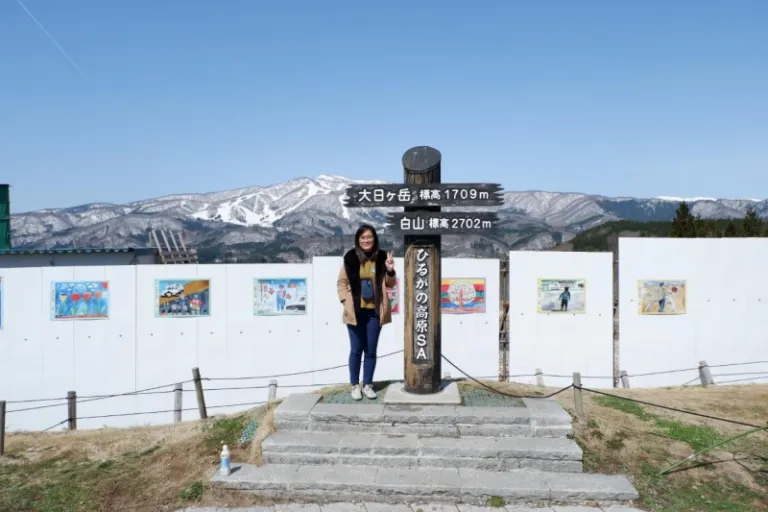
And wait, there’s more. Travelling to central Japan in late March to early April gives you a chance to experience two seasons in just one trip. Is that possible? Yes. Is there snow in spring? A resounding yes! In fact, in Toyama, snow lingers until July. Imagine seeing cherry blossoms in Nagoya today then experience snow the following day in Gifu. If you’re lucky you might even see both in one place like in Shirakawa-go. Just how exciting is that? For Filipino travellers, I think this side of Japan is underrated. Usually, when you say Japan, what comes to mind would always be Tokyo or Osaka or Kyoto. But, read on and bear with me, and check this itinerary from my recent trip to see why Central Japan deserves a spot in your bucket list.
Also read: Spring in Japan – Reflections from My First Solo Travel
Where is central Japan?
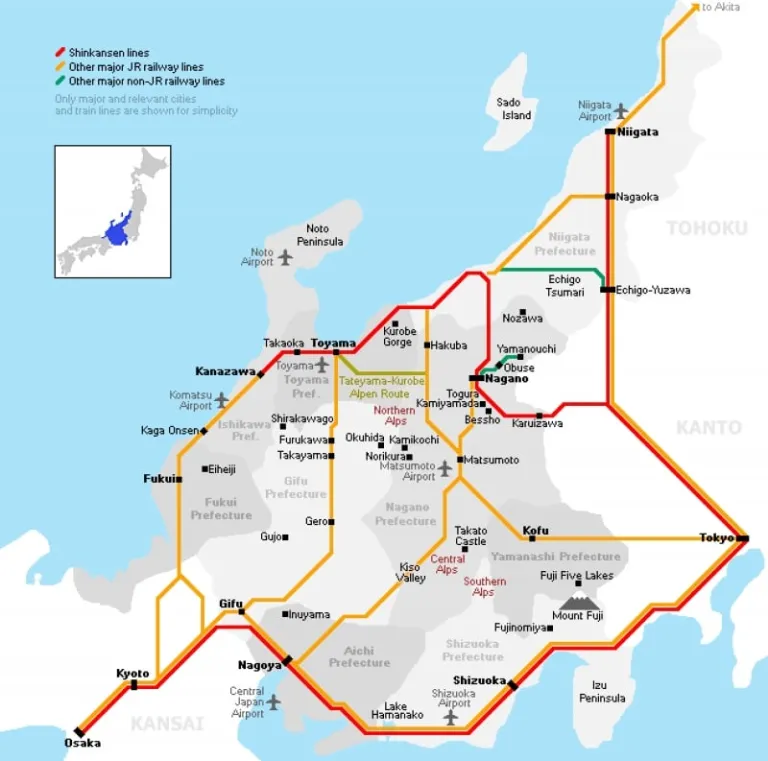
The Chubu Region, which literally means “central” is located in the heart of Japan’s largest island Honshu. It has nine prefectures – Aichi, Gifu, Shizuoka (home to Mt. Fuji), Fukui, Ishikawa, Toyama, Yamanashi, Nagano and Niigata. I travelled to Nagoya, Shirakawa-go, and Takayama. Nagoya is in Aichi Prefecture. Shirakawa-go and Takayama is in Gifu Prefecture. What is a prefecture by the way? Let’s put it this way. Honshu is equivalent to Luzon, Chubu to Southern Tagalog, Aichi to Laguna and Nagoya to Calamba. In essence, Japan’s prefecture is equivalent to a Philippine province.
Flights
Nagoya is considered the gateway to the Chubu Region. If you are visiting central Japan from Manila, your entry point would be the Chubu Centrair International Airport located in the artificial island of Takoname, 80 minutes away from downtown Nagoya. I had free two-way flights from Cebu Pacific for this trip but if you are wondering about the cost, that would be around ₱8,000 for a promo round-trip fare or it could start from ₱12,000 in peak seasons. It costs a little more than airfares to Tokyo and Osaka. Is it worth it? Certainly. When you visit Japan, I tell you, it is worth every cent spent.
Centrair Airport to Downtown Nagoya
The limousine bus is still the best way to travel from the airport to the city especially if you have a lot of stuff with you. If you are coming to Nagoya via Cebu Pacific, after exiting from immigration, proceed to Bus Bay No. 6 and hop on the bus that leaves either at 9.15pm or 10.15pm. Arriving via a different airline? Taking the bus at Bay No. 6 is still the way to go. Do not be late; the bus leaves on time. Get your ticket at a vending machine located near the bus stop; someone will be there to assist you. The one-way fare is JPY1,200 and travel time can take up to 80 minutes. Before the bus terminates at Meitetsu Bus Center near Nagoya Station, it stops at several known hotels. Google your hotel’s location and figure out the best drop off point. You will go back to the airport the same way you came. You may check www.centrair.jp for more details.
Accommodation
Almost all accommodations in downtown Nagoya are business hotels unlike in other parts of Japan where hostels and capsules abound. Perhaps this is because Nagoya is basically an industrial hub. Stay near Sakae, Fushimi-cho or Nagoya Station and you’ll be just fine. For those who have not been to Japan yet, the standard hotel room area is usually from at 12-15 sqm. Don’t be surprised if it’s quite small. This is because of the premium on land and optimization of space use. But mind you, it is very efficient, it has everything you need.
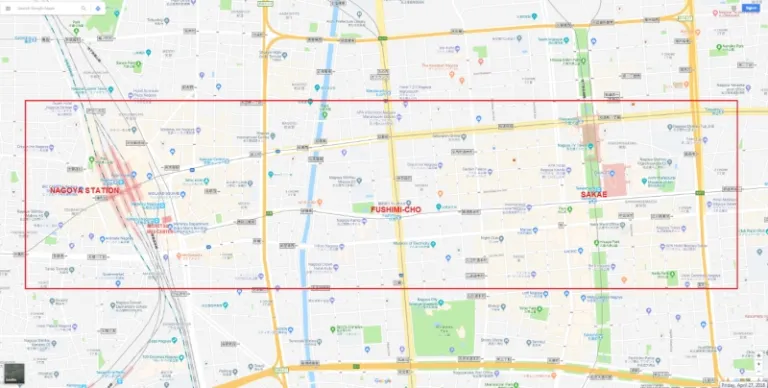
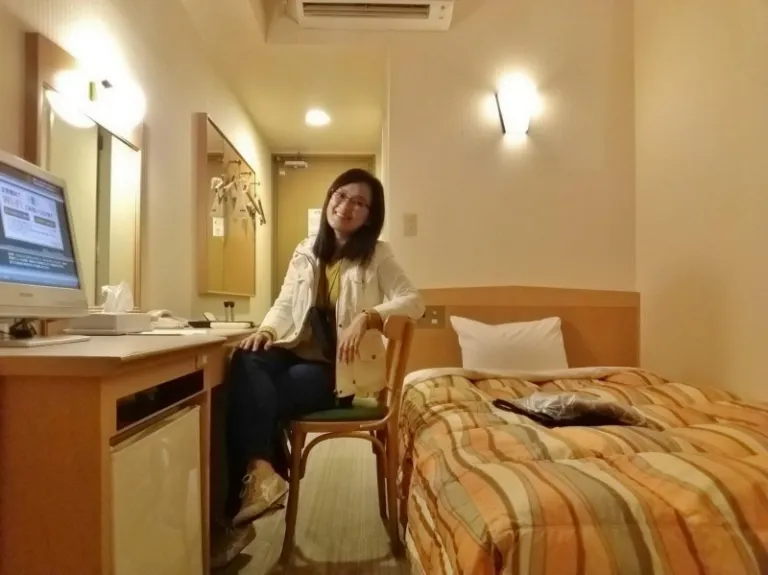
Sightseeing
I travelled on 8-14 April 2018 and stayed at Nagoya B’s Hotel, a five-minute walk from Nagoya Kanko Hotel bus stop if coming from Centrair airport. By the way, this was my first solo travel, and since my airfare is free, I decided to stay in a hotel for privacy and convenience. But why central Japan? I’ve been to Kansai Region (Kyoto, Nara, Osaka and Kobe) three years ago and this time I travelled to this side of the country for a very simple reason – I wanted to see the traditional village in Shirakawa-go. Everything I experienced was way beyond my expectations. I really had a good time.
Also read: How I Travelled 7 Days to 4 Cities in Japan: Itinerary & Tips for Filipinos
Day 1: Nagoya, Aichi | 9 April 2018
Like Osaka, Nagoya has a subway loop, so it is easy to go around the city. Their trains are not crowded even during weekdays or rush hour. I bought the Shoryudo Subway and Bus 1-Day Pass for JPY600 at the Commuter Tickets Office in Nagoya Station. As the name implies, you can use it on subways, city buses and the Me-guru sightseeing bus for unlimited times. Please note that this is for foreign tourists only, so you need to show your passport when buying the pass. It’s a good value for money if you compare it to a one-way subway ticket which starts at JPY200. Depends on your itinerary in Nagoya, you may not even need the pass at all. If you do not mind walking a lot, some sights like Osu Kannon and Sakae area can be accessed by foot.
Tip: The Me-guru sightseeing bus does not operate on Mondays. But that’s ok, you can still use your pass on subways and city buses. You can also buy the Shoryudo Pass in Sakae station and from Tourist Information Centers.
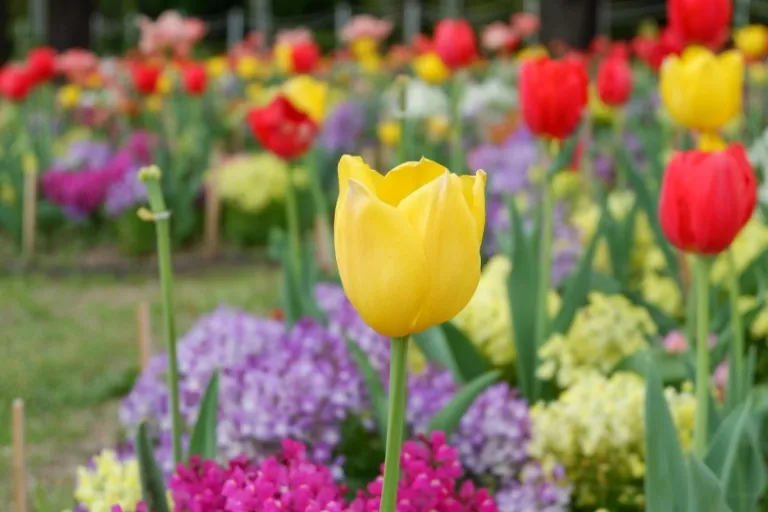
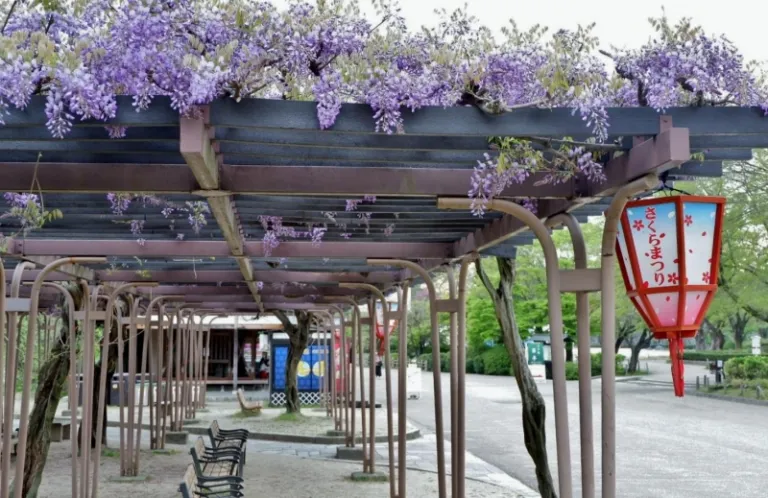

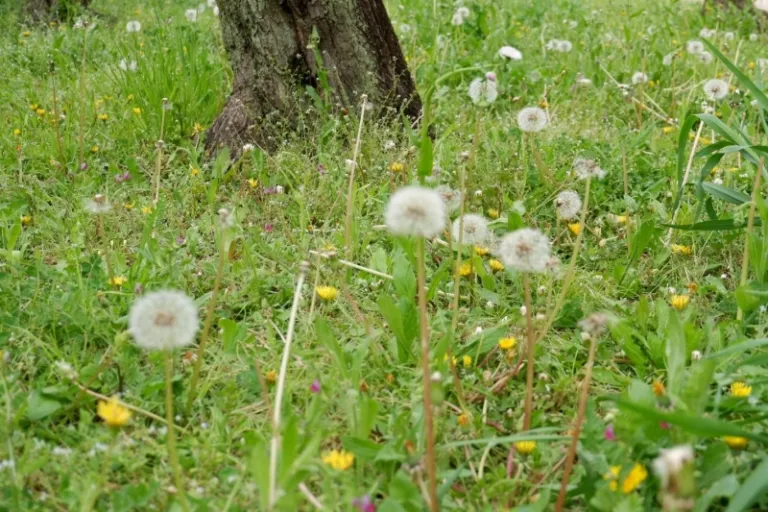

Day 2: Hida Takayama and Shirakawa-go, Gifu | 10 April 2018
Now this is what I have been looking forward to. I originally planned to stay overnight in a minshuku (Japanese style bed and breakfast) in Shirakawa-go but my colleague who is from Gifu suggested that I join a day tour since it is my first time there and I’m a solo female traveller. So, I heeded his advice and booked a day tour to Takayama and Shirakawa-go via Klook. The tour is operated by Meitetsu Kanko Bus in Nagoya. It costs ₱3,900 and is inclusive of buffet lunch in Takayama Green Hotel. We even had free coffee on our way back to Nagoya. The bus, which is equipped with lavatory and free wi-fi, left Meitetsu Bus Center at 8.10am and came back at around 7.45pm. There were two tourist guides with us, both Japanese, but one is an English translator. By the way, this is not a guided tour; we were given free time to explore the sites ourselves. You can check their website at www.meitetsu-kankobus for more info. It is very convenient and organised; I highly recommend it. Please do not fall asleep, listen to the tour guide because the three-hour bus ride is very educational, and the scenery is stunning.
Because of its central location, during the Sengoku period, people would often say, “Control Gifu and you control Japan.” The Gifu Prefecture tucked in the Hida mountains abounds in tradition and goods that are really treasured in Japan. The charming town of Hida Takayama is a gold mine. It produces one of the best-tasting sake in the country and it is famous for the soybean miso and Hida beef. In Gujo, the Nagara river is known for cormorant fishing, a tradition that has seen 1,300 years and is still practised until today. The town of Seki is renowned for having the finest swordsmiths and for producing 90% of Japan’s katana for the last 800 years. Mino City is famous for their traditional Japanese paper. And Shirakawa, it is best known for Shirakawa-go, the site of traditional villages with gassho zukuri houses, some of which are more than 250 years old. Did I mention that you can see cherry blossoms and snow at the same time in spring in central Japan? If you come in late March, you’ll see cherry blossoms in full bloom in Nagoya and a winter wonderland in Ogimachi village in Shirakawa-go. Because of prior commitments, it was already mid-April when I came. And I was still lucky to see both cherry blossoms and snow in Gifu. Here, help yourself.



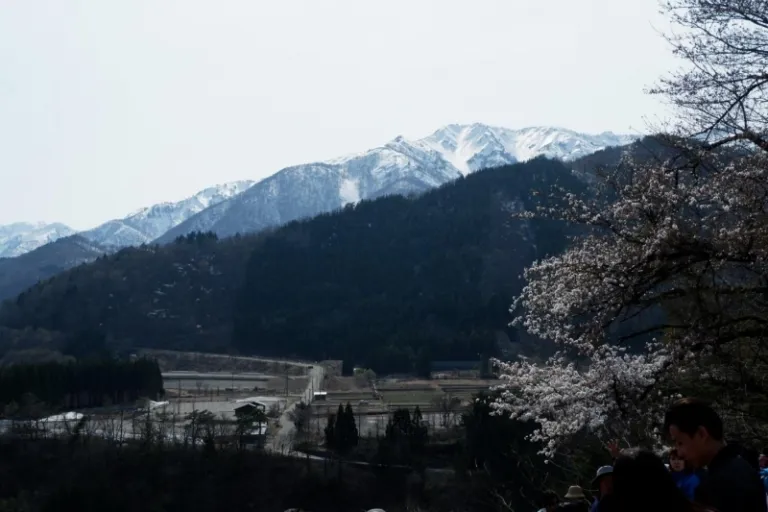

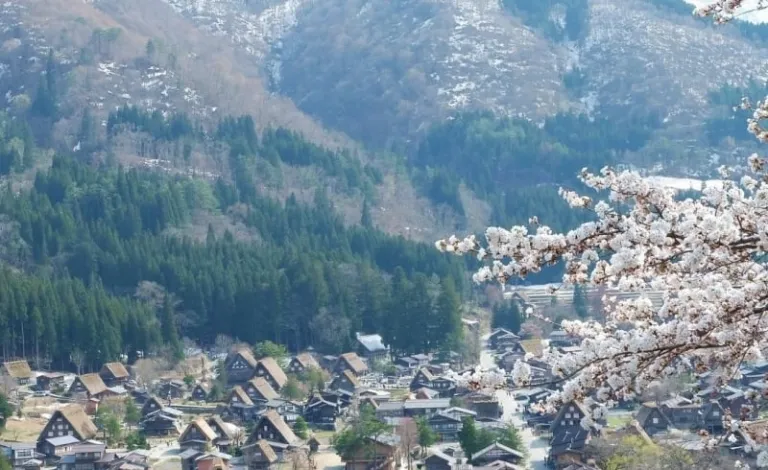


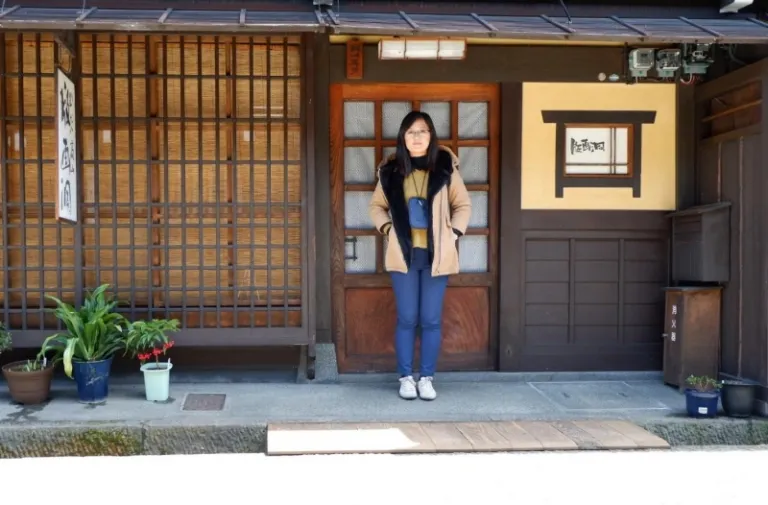
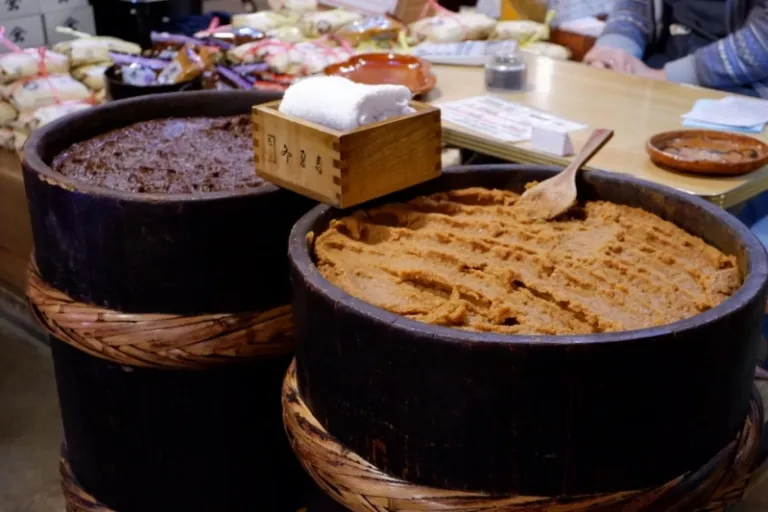

Tips:
If you have more time and a few more bucks to burn, Meitetsu Kanko Bus also offers a 2-day package tour to Takayama and Shirakawa-go on Day 1 and Alpine Route on the second day. It costs up to JPY32,000. You can check the full details on their website. The Tateyama Kurobe Alpine Route in Toyama Prefecture which features snow wall up to 18 metres high opens in mid-April. It passes through the landscapes of Mt. Tateyama at different elevations. Snow still lingers until July. If you want to see cherry blossoms in Shirakawa-go, you should avail of the package in April. If you want to see lush green rice paddy in Shirakawa-go, go in early June when there are fewer tourists and weather is more predictable in Mt. Tateyama.
Planning to DIY? You can do that too if you wouldn’t mind all the hassles of arranging everything from transportation to hotel to tours. The Shoryudo Bus Pass is available to foreign tourists for JPY13,000 for a 5-day pass. You can buy it online or from Meitetsu Bus Center in Nagoya. It will allow you to ride designated highway buses which cover most parts of the Chubu Region for unlimited times. You can also use a JR pass or any available rail pass, but based on my experience, it is more convenient to ride the bus going to the countryside as they go directly to your destination, unlike trains where you’ll still need to transfer several times.

Day 3: Nabana No Sato, Kuwana | 11 April 2018
Nabana No Sato is not in central Japan, but it is only 35 minutes away by bus from Meitetsu Bus Center, and that makes Nagoya a good base if you want to visit nearby prefectures in Kansai or in Kanto Region. Nabana No Sato is a flower park in Nagashima Island near Kuwana City in Mie Prefecture. The tulip flower park and the winter illumination from October to May are its biggest attractions. The best time to go in spring is in mid-April when the flowers are in full bloom. The round-trip bus fare is JPY1,780. Admission is JPY2,300, which includes a free pass to the Begonia Conservatory and a JPY1,000 worth of voucher you can use in any restaurant inside the park. That’s very clever, don’t you think? Do not miss Nabana No Sato when you travel to Nagoya. The place is just so beautiful and serene.
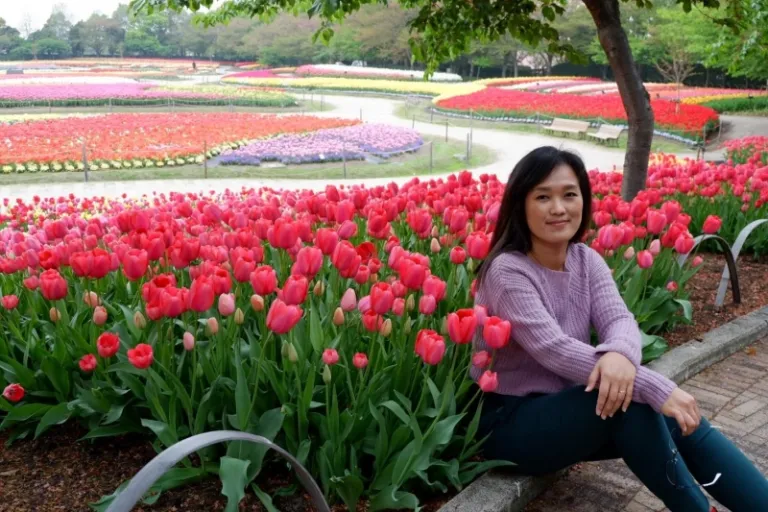
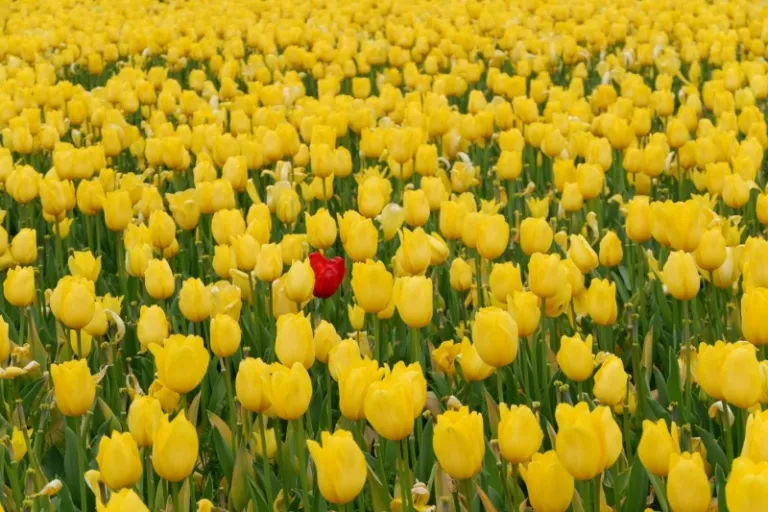

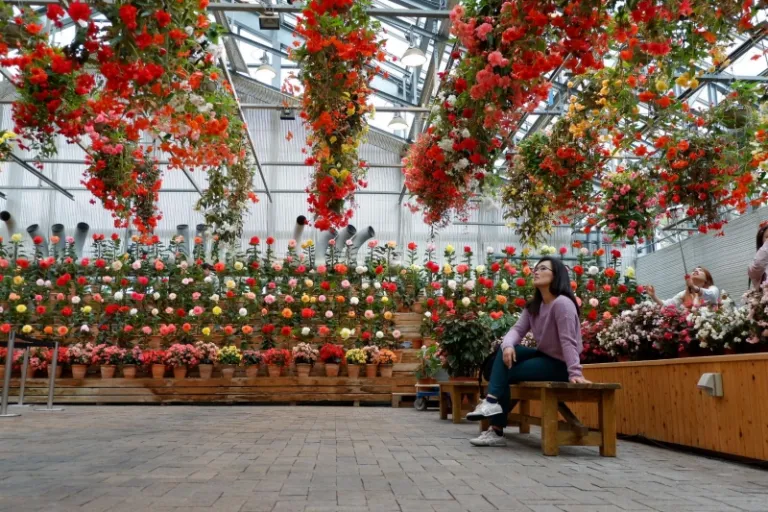


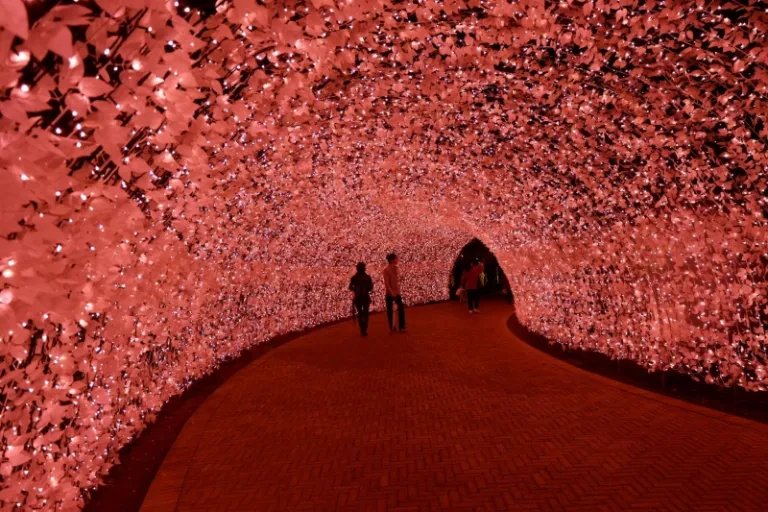

Day 4: Kyoto | 12 April 2018
Like I mentioned earlier, Nagoya is a good base for exploring nearby prefectures. I went back to Kyoto on the fourth day. The round-trip bus fare is JPY4,100 and the travel time from Nagoya is three hours. Kyoto hasn’t changed much. You can buy the one-day city bus pass from vending machines outside Kyoto Station for JPY600. You will never run out of things to see in this city especially if you like old stuff. It is the heart of Japanese culture. I first travelled here in fall and I was surprised at how crowded it can be in spring. Regardless, it has a unique charm that makes it, so far, my favourite city in Japan. I went to the same restaurant in Kyoto Yodobashi where I ate dinner three years ago and sat on the same table. It was nice to be back.
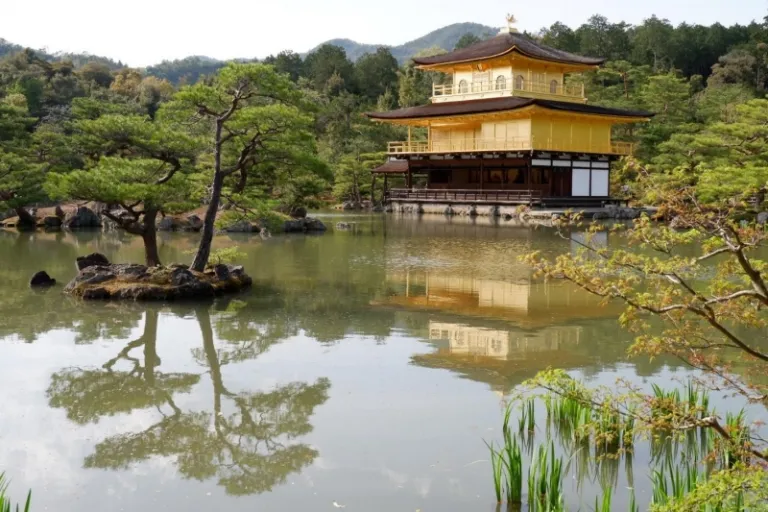
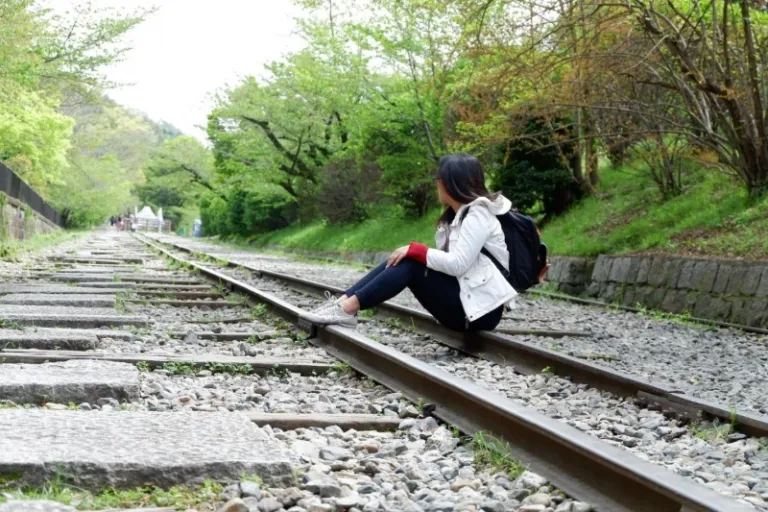


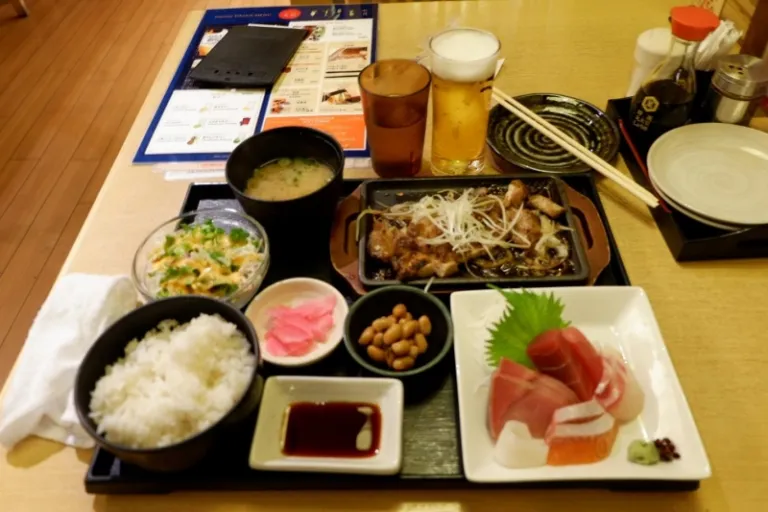
Day 5: Back to Nagoya | 13 April 2018
My itinerary was a bit hectic for the last three days. And so, on the fifth day, I settled in Nagoya. After dropping by the post office to send out postcards, I went to Noritake Garden. Noritake is a world-famous chinaware brand that started in Nagoya in 1904. Their museum contains a vast collection of luxurious, high-quality chinaware from when it started until today. You’ll be amazed at the amount of time, talent and craftsmanship they put into their products as you tour the museum. I understand now why chinaware can be very expensive. Did you know that for tableware, Noritake is the favourite choice of the wife of the richest man in India? In 2010, she placed an order of 25,000-pc tableware trimmed with gold and platinum. Just how lavish is that.
After visiting Noritake Garden, I strolled down Osu Kannon temple and shopping arcade and to Sakae area. I did some shopping in Don Quijote (the Japanese call it Donki) at night.
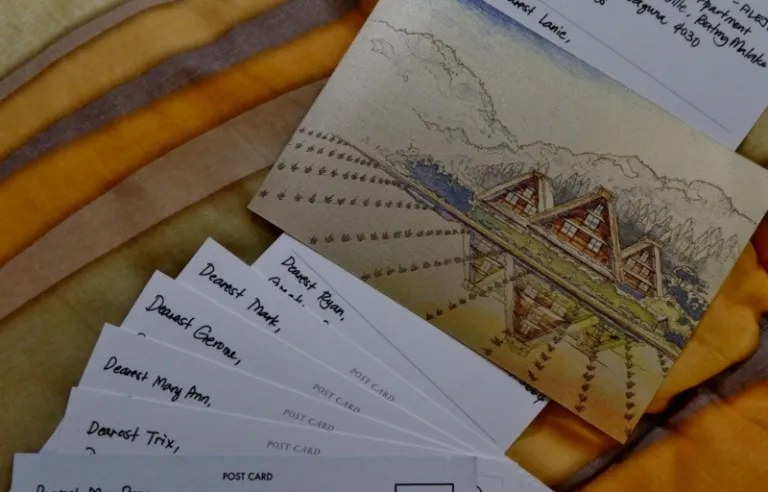

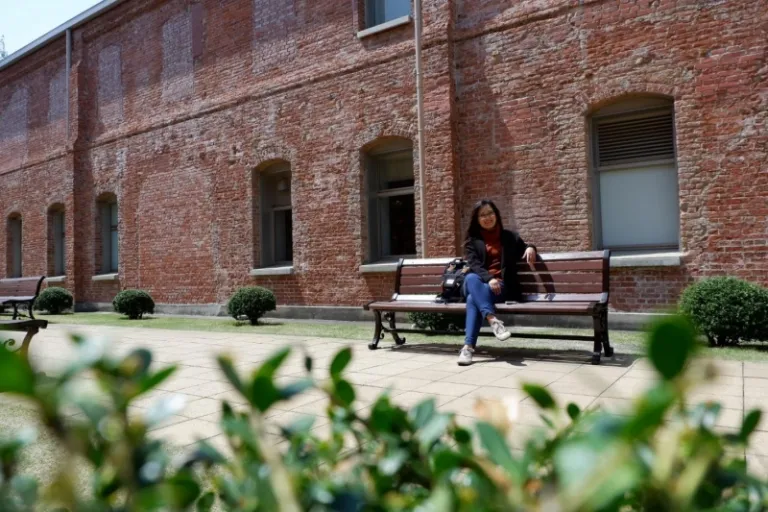
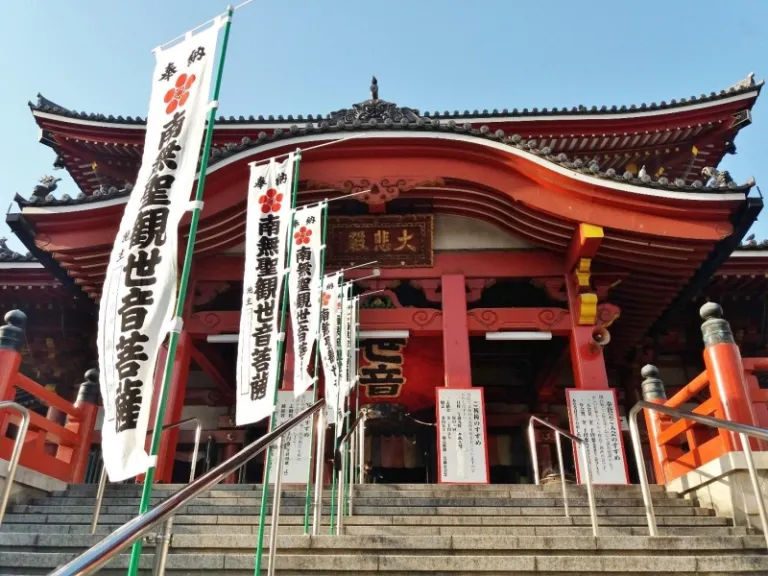
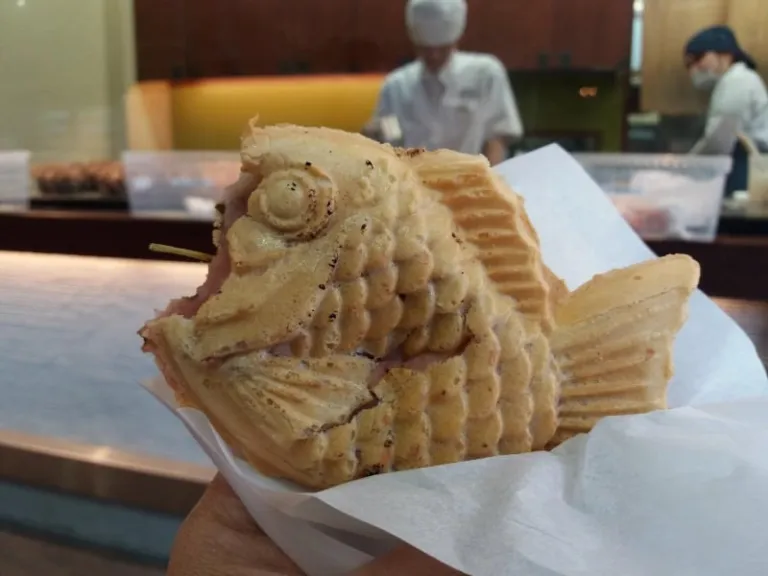
Day 6: A Stroll in Nagoya and back to Manila | 14 April 2018
My flight back to Manila is at 9pm so I woke up late, savoured my last breakfast at the hotel and spent the day strolling down the streets and nearby parks to rest from an entire week of getaway. This country will always be my favourite place in Asia. I hope to come back here next year for the Kurobe Alpine Route or maybe in two years for the lavenders of Furano in Sapporo.
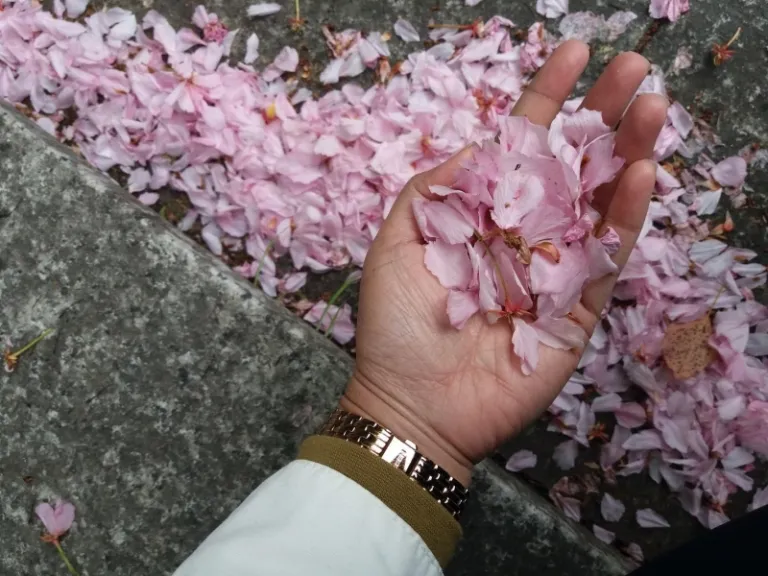
As much as I love Japan, I looked forward to coming back to the Philippines. You see, there is really no place like home 😊
Other useful information
Weather
It occasionally rains in spring. Check out the weather every day and have a blind faith in Japan’s forecast. If the weatherman says it will rain at 2pm, do not forget to bring an umbrella when you set out for the day. You can buy it from konbinis (convenience stores) for JPY600-1,000.
Travel Tax
Starting June 2019, Japan will impose a JPY1,000 sayonara tax or departure tax. The funds will be used to boost tourism infrastructure and promote destinations in rural areas.
Language
Please learn basic Japanese words and phrases. The people in central Japan are not like the young professionals in Tokyo who are good in English. Do not be frustrated if sometimes you need to repeat yourself several times when talking to them. Remember that you are a gaijin (foreigner) in their country, so it is you who needs to adjust. Always be polite when asking for help. The Japanese people are very helpful and will even go the extra mile to assist you.
Also read: 8 Must-Know Japanese Words to Survive a Trip to Japan
Loose change
I assume most travellers know this, but for what it’s worth, before coming back home, spend all your remaining JPY coins as money changers only accept bills. On my first trip from South Korea, I did not know this. So, I ended up having a lot of unused 100-won.
Where to buy Japanese Yen
The best place to buy Japanese yen before your trip? The bank. The best place to exchange excess funds after your trip? Black market (money changers). Of course, it varies from time to time, but in my experience, this was usually the case.
Pocket money
I suggest that for your pocket money, bring both yen and US dollars. I brought 3/4 of my entire budget in yen and 1/4 in US dollars. My reason? Forex for excess funds. This 3/4 in yen is the total estimated amount of my expenses. The rest in dollars is a buffer fund. You say, “But you will still need to exchange your dollars when you run out of yen.” You can always go to the bank. But, if you do not have time to go to the bank or cannot find money changers, that’s when your credit card comes in. Still, it is best to stick to your budget. I am not a Forex expert, but I’ve been to Japan three times and I noticed that for excess funds after your trip, you tend to lose more if you have excess yen than when you have excess dollars. Unless the rates shoot up when you come back but I don’t think that’s the case if you are away only for a few days.
Example: Let’s say you have ₱5,000 buffer fund and that remains untouched after your trip.

Food and shopping
In Nagoya, the street from Sakae to Nagoya Station is lined with different restaurants and shopping outlets. Meals usually start at JPY350. Popular sites will always have souvenir shops.
There you go. I hope you learned something from this article that will help you plan your trip to Central Japan soon. Domo arigatou gozaimashita!
Published at
About Author
Angela Talattad
Subscribe our Newsletter
Get our weekly tips and travel news!
Recommended Articles
10 Cutest Cafes in Japan That Are Totally One of a Kind 10-day Christmas and New Year Japan Trip: Complete Travel Itinerary Celebrate Christmas and New Year in Japan with this 10-day holiday vacation itinerary packed with Tokyo lights, Kyoto charm, and Osaka adventures.
11 Days of All Things Weird & Wonderful in Japan When 11 days in Japan still aren’t enough!
Top 2024 Fall Destinations Abroad: Where to Experience the Best of Autumn Around the world in autumn!
I Tried to Limit My 3-Day Cebu Trip Budget But Failed Miserably Have you ever tried exceeding beyond your travel budget?
Latest Articles
Pangasinan Town Now Accepts Digital Payments in Markets and Transport No cash? No problem. Alcala, Pangasinan is officially in its digital era.
Pop Mart PH Opens Permanent Flagship Store in SM Megamall Labubu and Hirono have arrived! Check out holiday hours and event recaps here!
Chen of EXO Arcadia Concert Manila 2026: Tickets, Dates, and Perks Ticket info and fan perks
TLC Playpark: Free Christmas Destination in Taguig, Opening Hours, and Commute Guide Learn what to expect and how to get to TLC Playpark in Brgy. Lower Bicutan Taguig via C5 and MRT-3!
Free MRT and LRT Rides for LGBTQIA+ Members and Solo Parents Today Who rides free today

